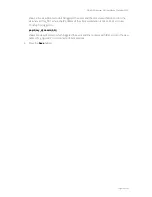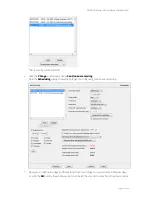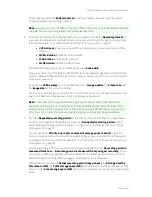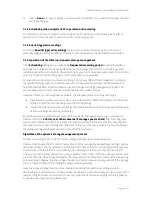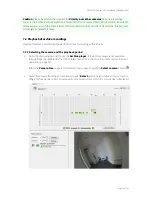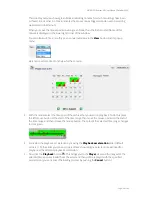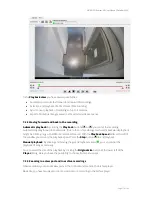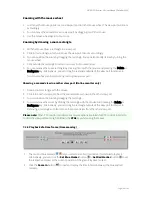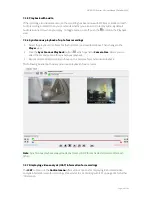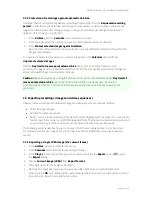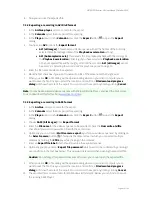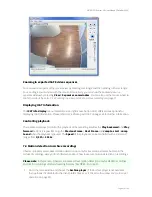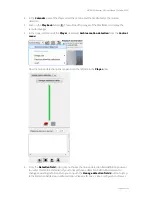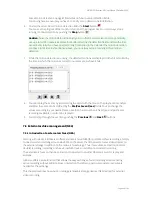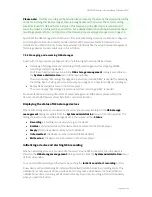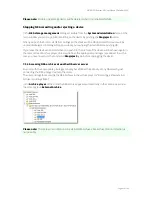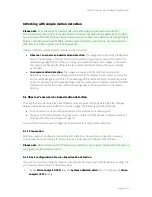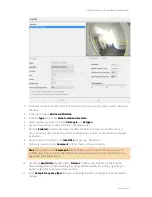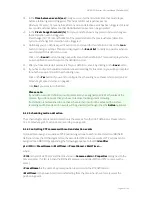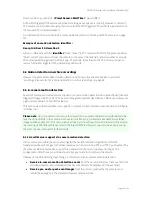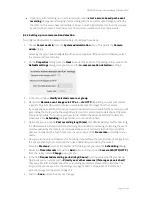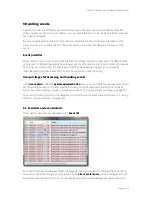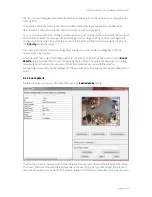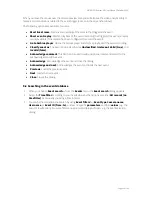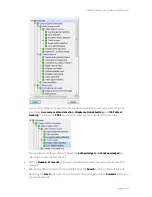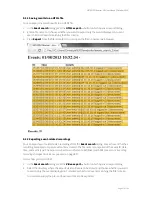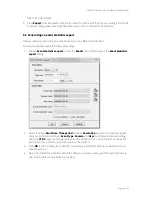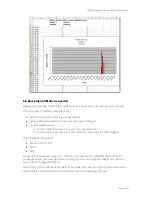
NETAVIS Observer 4.6 User Manual (October 2015)
Page 84 of 204
based motion detection
on page 87 for details on how to setup detection fields.
Continuing here, we assume you have a correctly set up detection field definition.
6.
To start the server-based motion detection Push the
Start
button
.
You can see the progress of the motion detection at the progress bar. You can always stop a
running motion detection by pushing the
Stop
button .
Caution
: Since the motion detection actually runs on the Observer server and can potentially
use up a lot of CPU resources, please be careful selecting the detection fields and also the time
period. Especially if you have selected a long time period in the Calendar the motion detection
can take a lot of time. As mentioned above, you can always stop a running archive motion
detection.
7.
While the motion detection is running, the detected motions are displayed in the hit list sorted by
the time in which the motion occurred. In our example, we have 2 hits:
8.
You can replay the events by just selecting the event with the mouse. The playback time before
and after the event can be defined by the
Pre/Post event (sec)
fields. You can change the
values according to your needs. Please note that there must be archived pre- and post-event
recordings available in order to be replayed.
9.
You can step through the events by pushing the
Previous
and
Next
buttons.
7.5 External archive management (NEA)
7.5.1 Introduction to external archives (NEA)
Starting with release 4.4 Observer offers external archives (NEA) for portable archive recordings. Simply
connect an external storage device via eSATA to the server, then Observer can save video streams on
the external storage in addition to the main archive storage. Thus it executes a second (mirrored or
double) recording: recording on the external NEA device in addition to standard recording.
The external archive can then be carried and connected to another Observer server for replay and
analysis.
NEA also offers a swap function that allows the easy exchange of external storage devices during
active recording without additional user interaction; therefore no particular operator expertise is
needed for the exchange.
This chapter describes how you can manage removable storage devices (NEA devices) for external
video recording.

